Thought Leadership
By Janice Thomas, grant manager, eMobility - Truck & Kate Seymour, grant manager, eMobility - Bus
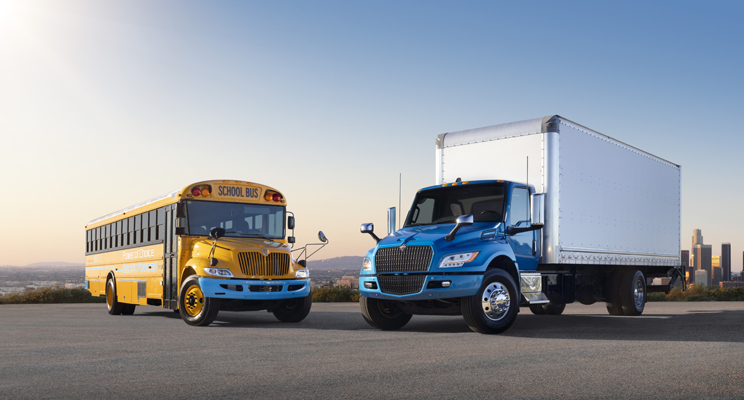
A fleet’s main priorities are to make their operations efficient and cost effective. They look to technology innovations to achieve these goals, such as electric vehicles. But it can be a daunting process to transition from traditional diesel-powered vehicles to electric vehicles (EVs).
The first steps are often the hardest to take when it comes to any major business decision and transitioning a fleet to EVs is no exception.
The cost of adoption for new technologies can be a barrier for many customers. In response, government agencies look to increase EV adoption with EV grant funding opportunities, of which there are millions of dollars available. Think of EV grants like college scholarships. There are so many out there, but they all have different requirements, application processes and “acceptance rates,” or the likelihood of receiving the grant. While the process can appear intimidating up front, the opportunity to partially or fully fund a zero-emissions fleet can be too good to pass up.
As a manufacturer of commercial electric trucks and school buses, one way Navistar supports the accelerated adoption of zero-emissions technologies is through a team dedicated to developing grant proposals. This team is a vital resource for International Truck and IC Bus dealers that work with customers interested in exploring grant funding opportunities.
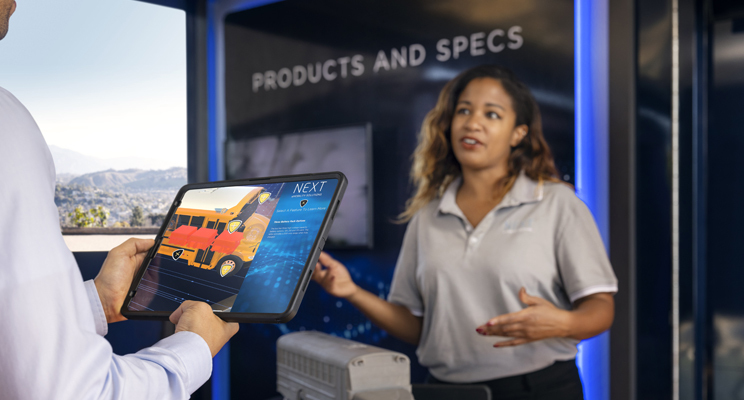
What Can Customers Do to Prepare?
Before any of the grant process takes place, it often falls to the customer to have an idea of their goals for transitioning to an electric fleet. There are multiple steps fleets take to make the process smoother. From route simulations for range testing to calculating total cost of ownership, knowing where to start is the key to success.
The first step a customer must take in the grant process is to evaluate their business. Customers can start this process by exploring motivations for transitioning to EVs, identifying limitations the business might have and establishing a timeline for adoption. Questions like, “What are our goals for electrification?” can aid both the dealer and Navistar’s grant team in finding the grants that will best suit each fleet. Tools like Navistar’s operating cost calculator can assist in estimating a fleet’s costs.
Accessible fleet records are important when navigating the grant application process. Customers can proactively prepare for future grant funding opportunities by practicing good fleet records management. Grants often require data from the current fleet and may also require information for an older diesel unit (scrappage). Copies of titles and registrations for each potential replacement vehicle are often required.
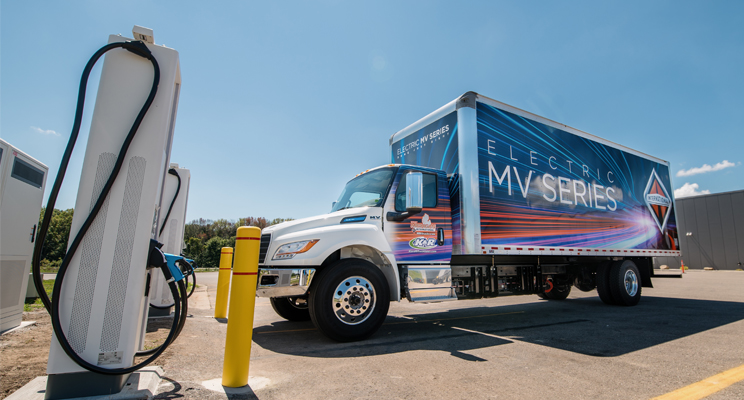
On top of spot-on recordkeeping, customers should identify the level of grant funding required to move forward with an electric vehicle purchase. Grant award amounts can vary, (ex 45%, 80% or 100% of the vehicle cost); by knowing the amount of grant funding needed, a customer is able to focus on only those opportunities which would result in a meaningful award. In situations where a single grant does not cover all of the associated costs of electrification, a fleet should explore stackable incentives.
Funding opportunities extend beyond the vehicle itself to other aspects such as charging and infrastructure. Fleets can work with their local utility provider, as well as our charging partner, to identify current and future power needs to ensure successful on-site charging and infrastructure buildout.
Navistar’s Grant Writing: Behind the Scenes
The grant process often starts at the dealership level, where the dealer/salesperson, or fleet manager that knows your fleet, can identify the key resources you need to transition to electric. Navistar's experienced team helps fleets transition with the 5Cs of Electrification: Consulting, Charging, Constructing, Connecting & Conserving. This process helps customers plan, execute and optimize EVs in a one-stop-shop format. The first C, consulting, is where the grant team plays a large part in the process. Depending on each unique customer’s needs, the customer may have the opportunity to work directly with the grant writing team.
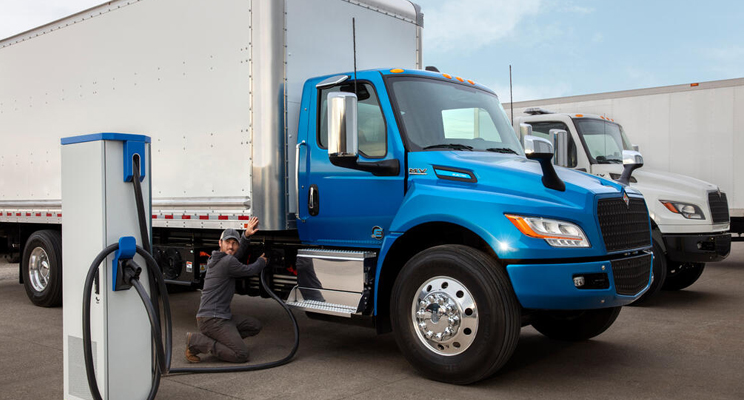
Navistar’s grant managers are educators, problem solvers and communicators; they work with grants from all angles. Often, they work with Navistar’s internal government relations team to review legislation that has passed to determine when grants are releasing and the associated requirements. As part of the grants process, the team works with the customers to identify barriers to entry and help find solutions. The Grants team does this through asking dealers and customers the right questions to understand use cases for future EVs, and train dealers to aid customers in the grant application process.
The team researches opening dates, eligible fuels, due dates, eligible locations, maximum funding, requirements and eligible entities for each grant. They determine the competitiveness of the grant to determine if it is worth a customer’s time to apply. Based on the current fleet and business operations information a customer provides, the grant team will research available grants and make recommendations for which ones best fit the fleet.
After completing the research, the grant team can either apply on the customer’s behalf or walk the customer through the process of applying on their own.
What Should Customers Know About Grant Applications?
Every grant application will involve a different process, but most revolve around the same idea: providing a compelling case on their commitment to make an investment into the transition of EVs. Because EV adoption is an investment, customers must prepare to present their use case and how they are ready to move forward in the EV transition process.
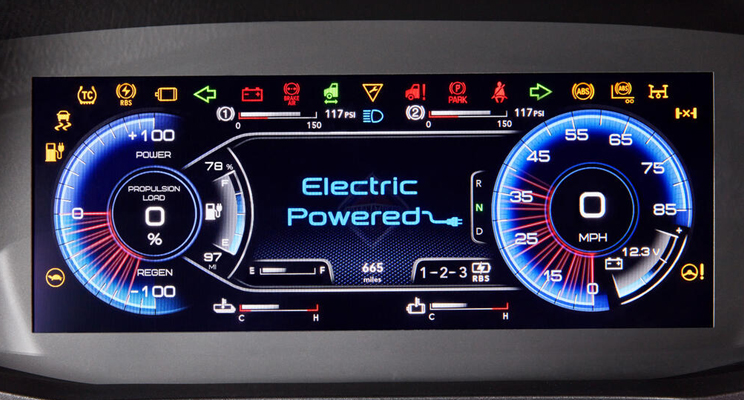
While every application will be asking for different items, most agencies offering grants are likely looking for the answers to these three questions:
1.Who are you?
2.What do you do?
3.Why should we award you this grant?
By knowing this ahead of time, customers can tailor applications to ensure these questions are answered directly. Grants often require a lot of detailed, organized paperwork surrounding a fleet’s details, which makes the preparation process that much more important. Customers should also be aware of the requirements of each grant they are applying for. If the grant is awarded, they will ultimately have to follow the clauses (terms and conditions) of the grant.
A big misconception about EV grants is that because there are so many, a customer will win every one they apply for. Sometimes, a customer will do everything in their power to prepare for a grant, submit all the correct information, and ultimately not be the recipient. This is not always a negative outcome. Because the customer now has experience in the preparation and application processes, it will make their future applications easier.
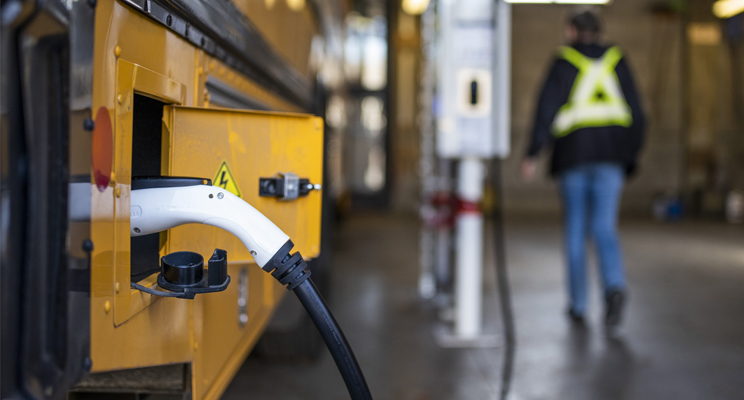
EV grants are created with the purpose of helping a fleet kickstart their transition to a zero-emissions fleet. While the application process for grant funding can be daunting, preparation and an understanding what to expect can help make that process go more smoothly.
If your fleet is interested in beginning the transition to EVs, connect with your nearest dealer to start the process or email Navistar’s grant managers katherine.seymour@navistar.com (IC Bus) or janice.thomas@navistar.com (International Truck).